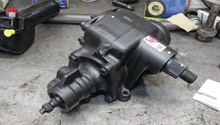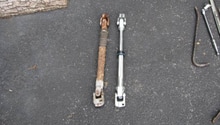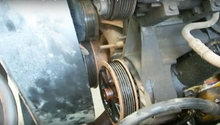Ford F150: Why is My Steering Heavy?
Your steering is the first point of contact between you and the road, so when it starts acting up you'll know immediately. Luckily, the steering system in an F-150 or Super Duty is also pretty simple. This article will help you figure out what's wrong when the wheel gets heavy.
This article applies to the Ford F-150 (2004-2014) and the F-250, F-350 Super Duty (2005-2014).
The steering is based on the way the various mechanical joints move in relation to each other, the movement of the steering shaft in the column, and the amount of assist provided by the pump. If any of these are failing, you'll likely experience some kind of reduction in steering accuracy, response, and feel. This diagnostic will help you figure out what components are causing your steering issue by process of elimination, beginning with the element most likely to cause you trouble: your power steering fluid.
Step 1 – Check power steering fluid
The power steering system is the most likely the cause of your heavy steering feel. Check the fluid level and the fluid condition. Checking the pump is easy. Try steering left to right with the engine RPM at about 2,000. If it fails to get easier, the problem could be a bad pump. The pump is powered by a belt off the engine on mod, so be sure to check that as well. Normally, a failing power steering pump is accompanied by loud squealing when you attempt to turn.

Figure 1. The highlighted part is your steering pump fluid reservoir.

Figure 2. Left: New Power Steering Fluid; Right: Burnt Power Steering Fluid
Repair any leaks and replace the fluid if it looks to be brown and burnt versus the standard red color of new fluid.
Why is this happening?
Likely, the fluid is just very old. Over time the fluid will degrade and may get burnt. Generally, even burnt power steering fluid will still work. However, if your fluid is degrading quickly, your power steering pump is malfunctioning some how.
Learn more about How to Replace you Power Steering Fluid
Step 2 – Inspect tire pressure
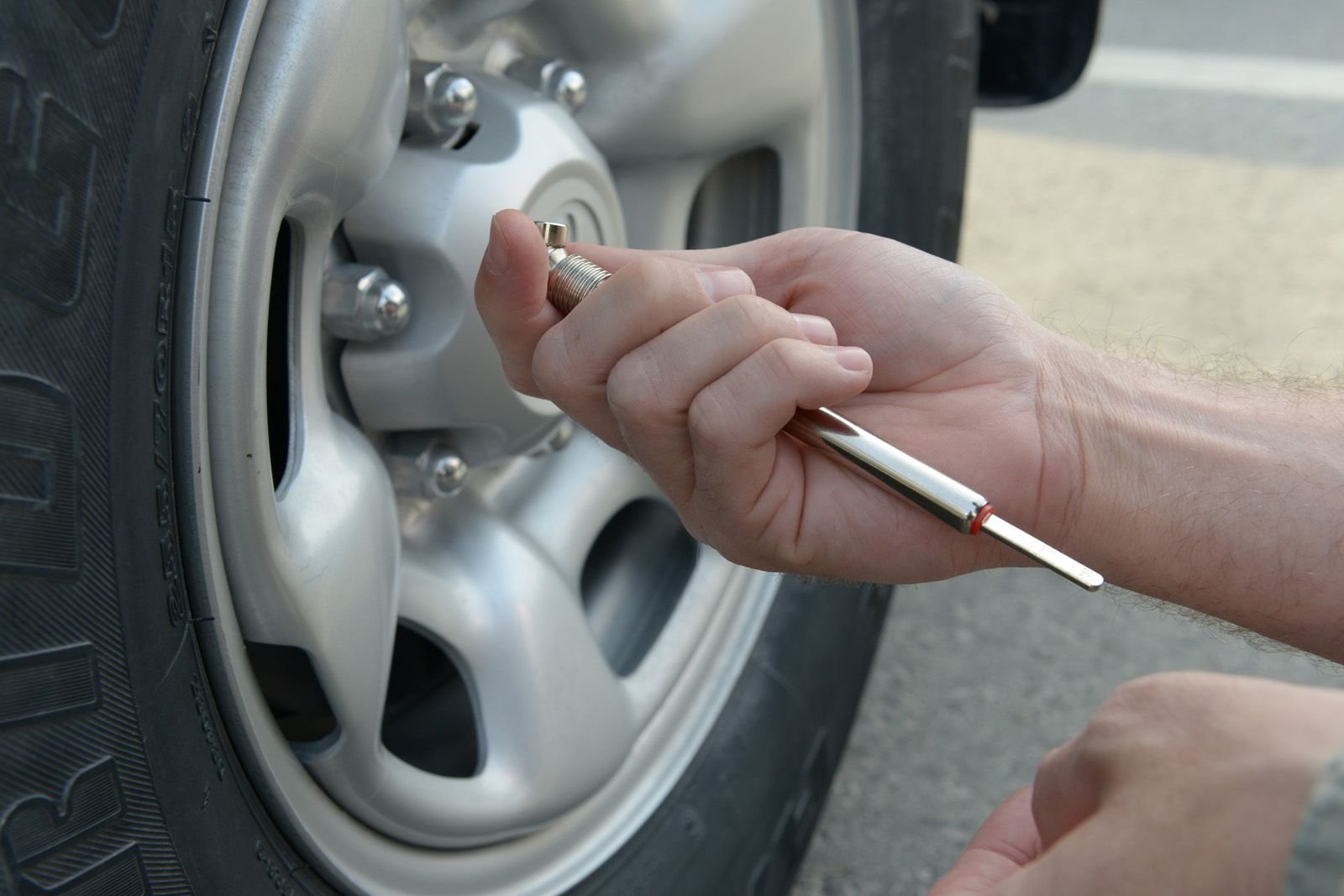
Figure 3. The stock tires on a modern F-150 are generally pressurized to 40 psi.
Underinflated tires will increase the amount of steering effort. The bigger the tire, the heavier the steering. If adding air to the tire eases steering effort, this was likely your problem. If it doesn't, then the source of your steering issue is likely something else.
If you're running the stock tires, you can find your recommended tire pressure on your door panel sticker. Most aftermarket tires will have their recommended and maximum pressures listed on the wheel.
Why is this happening?
A punctured tire, a cracked valve stem, a bent rim... All of these can cause a tire to leak air.
Learn more about Why Your Tire is Going Flat
Step 3 – Inspect steering shaft for binding

Figure 4. The lower steering shaft (highlighted above) is visible after opening the hood.
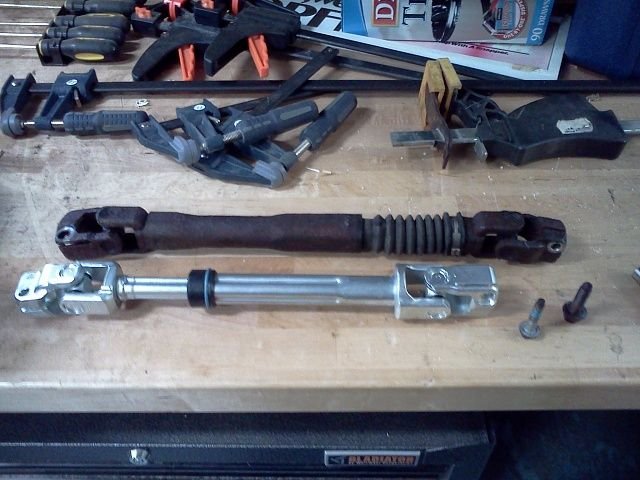
Figure 5. Top: Old and rusted F-150 lower steering shaft. Bottom: New F-150 lower steering shaft
Ford F-150s are notorious for binding in the steering shaft. An easy, short-term remedy is to clean the joints free from dirt and debris, and then lubricating the shaft. This saves the $300 cost of the shaft in addition to the charge for nine hours of labor to fix it.
Why is this happening?
The joints in your steering linkage truck are exposed to water and dirt. Over time, that exposure to the environment can strip the joints of their lubrication and protection. If they're rusted and worn out, the linkages in the shaft will resist when you turn the wheel resulting in a binding condition.
Learn more about How to Replace your Lower Steering Shaft
Step 4 – Look for damaged components and steering obstructions

Figure 6. The steering connections include your ball joints, wheel spindle, tie-rod ends.
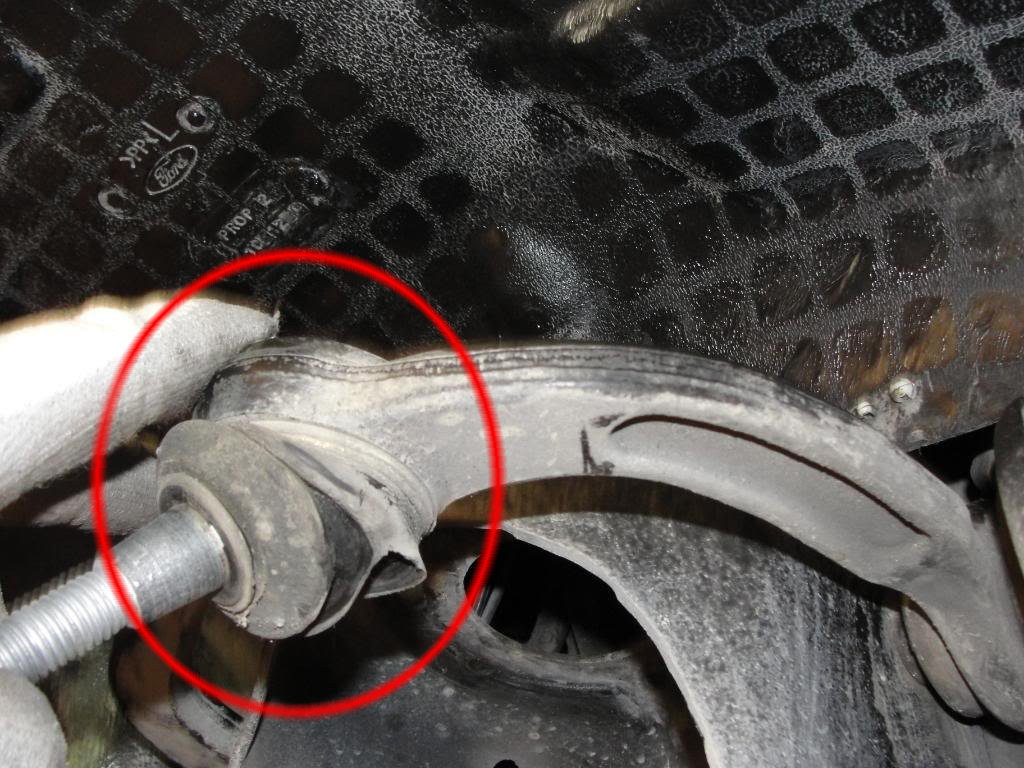
Figure 7. This ball joint's rubber boot has been torn.
Get under your truck while someone turns the wheel from the cab. Look for any place where your steering components (including steering shafts) are bumping. You should also examine your tie-rod ends for wear and tear as well as your ball joints. If the rubber boot is broken and they’ve been contaminated, they might bind and make steering difficult.
Check the entire system for looseness and play. Replace any worn components. Lubricate any areas that you can.
Learn more about How to Replace Bad Ball Joints
Learn more about How to Replace Bad Tie-Rod Ends
Related Discussion
Common Casues of Tough Steering - Ford-trucks.com

